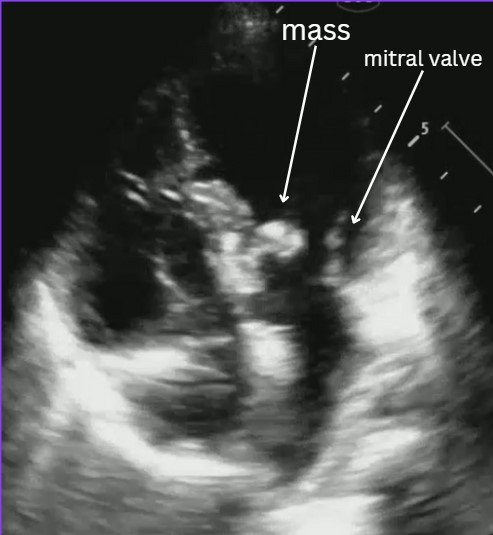Happy Friday!
As previously mentioned, public health is a passion of mine, and this is one of my favorite public health topics to talk about. Today, we're talking about green spaces and their impact on violent crime.
Green spaces (parks, community gardens, tree-covered sidewalks) have been shown to have a multitude of healthy benefits, such as reduced stress and anxiety, improving access to physical activity, social connection, and environmental benefits. However, a lesser-known benefit of green spaces is its association with reduced violence.
Multiple studies as cited below have shown that neighborhoods with higher green space coverage are associated with lower rate of homicide, assault, and robbery. Several theories have been proposed to explain this association. Some are listed above (benefits of neighborhood green spaces), others include improved perceived quality of life, increased perceived order, and improvement in enfranchisement of residents in the community. Shepley et al. made a nice diagram with the theorized variables here:
However, as with many public health topics, this cannot be tested via a randomized controlled trial and only observational studies have been done, thus we only have data for correlation and not causation. Additionally, many studies do not account for confounding factors that may also affect rates of violent crime. The couple of studies I did find that accounted for confounding factors (Sanciangco et al, 2021 and Ogletree et al, 2022) still found that green spaces were correlated with reduced rates of violent crime.
So, the data is not perfect, but there are a decent amount of observational studies on this topic. Anyways, I hope some of you guys found this interesting!
References
Sanciangco, J. C., Breetzke, G. D., Lin, Z., Wang, Y., Clevenger, K. A., and Pearson, A. L. (2021). The Relationship Between City “Greenness” and Homicide in the US: Evidence Over a 30-Year Period. Environment and Behavior. Advanced online publication. https://doi.org/10.1177/00139165211045095
Shepley M, Sachs N, Sadatsafavi H, Fournier C, Peditto K. The Impact of Green Space on Violent Crime in Urban Environments: An Evidence Synthesis. Int J Environ Res Public Health. 2019;16(24):5119. Published 2019 Dec 14. doi:10.3390/ijerph16245119
Venter ZS, Shackleton C, Faull A, Lancaster L, Breetzke G, Edelstein I. Is green space associated with reduced crime? A national-scale study from the Global South. Sci Total Environ. 2022;825:154005. doi:10.1016/j.scitotenv.2022.154005
Kim YJ, Kim EJ. Neighborhood Greenery as a Predictor of Outdoor Crimes between Low and High-Income Neighborhoods. Int J Environ Res Public Health. 2020;17(5):1470. Published 2020 Feb 25. doi:10.3390/ijerph17051470
University of Virginia Health System. "How green space can reduce violent crime." ScienceDaily. ScienceDaily, 27 February 2020. <www.sciencedaily.com/releases/2020/02/200227144253.htm>.


